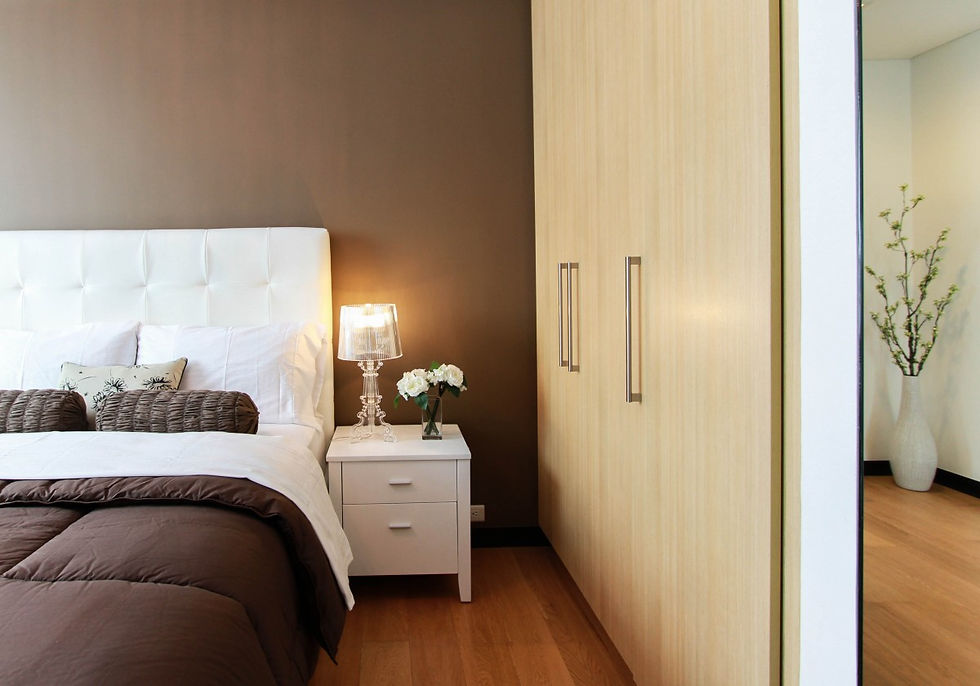
There are many matching sets in the market for furniture offered these days. For example, matching the dining table with chairs and matching the sofa with ottoman. There are coordinated looks that go together for some furniture. But these sets may not go well when placed together with other furniture. Sometimes you find yourself with a piece that does not feel like it fits anywhere in the room.
How do you match the furniture to your room? Start with items that are difficult to move or change. For example, built in furniture and especially unmovable items like the floor. You should match your furniture to your flooring instead. Here are some tips on how to mix and match your furniture to your room’s settings.
1. Mix and match the textures in the room
By textures here, it means the way a surface of an object feels and looks. In this case, textures can mean the use of visual weight to enhance the look of the room and gel everything together.
Textures are important, without them the room may look plain, too much of them, your room may look too chaotic. You should be tactical when matching textures together. For example, if you place a smooth texture next to a rough one, it will make the rough textured object stand out and accent more. Use distance to your advantage, place objects near to each other to make it seem weightier or less by placing them far apart. It is ideal to balance out the textures in the room to give it the flow.
2. Mix and match colours
Colours can make a difference in the aesthetics of the room, and hence is important to use the colours properly. Consider the basics of colour coordinations, to not overwhelm yourself.
There are neutral, cool and warm tones in colours. Typically warm tones like red, orange and yellow are used to energise hence use them in rooms that you are meant to do something productive like the study room. Cool tones like blue, green and purple create a relaxing atmosphere, use these colours in spaces for rest. Neutral colours like white, grey, beige go with many other colours and are easy to use. Decide on the room’s role and use colours that match that goal.
You should also consider colours that go well together. Typically colours in the same tones would go well with one another while mixing cool and warm tones tend to create clashing feels. Avoid clashing colours like red and green.
Walls and decorations are good examples of how to use colours in the room. Walls can have accent walls, which may contain an art wall or a different colour hue to the rest of the walls. Accessories in the room like lamps with yellow light, can be used as night light and add warm tones to the room. The placement of them is important, try to space out the accessories and decorations of the room to prevent the clustered look.
3. Mix and match wood finishes
Wooden floorings are gaining popularity. A tip would be not to match similar wood finishes together as it makes the room look repetitive. Try a different wood finishing like matching dark wooden floor with light finish wooden furniture. This gives the room a little dimension.
Generally it is advised not to use too many matching sets in the same room at once. Take one advise at a time, most importantly, the room should suit your style and taste.

Opmerkingen